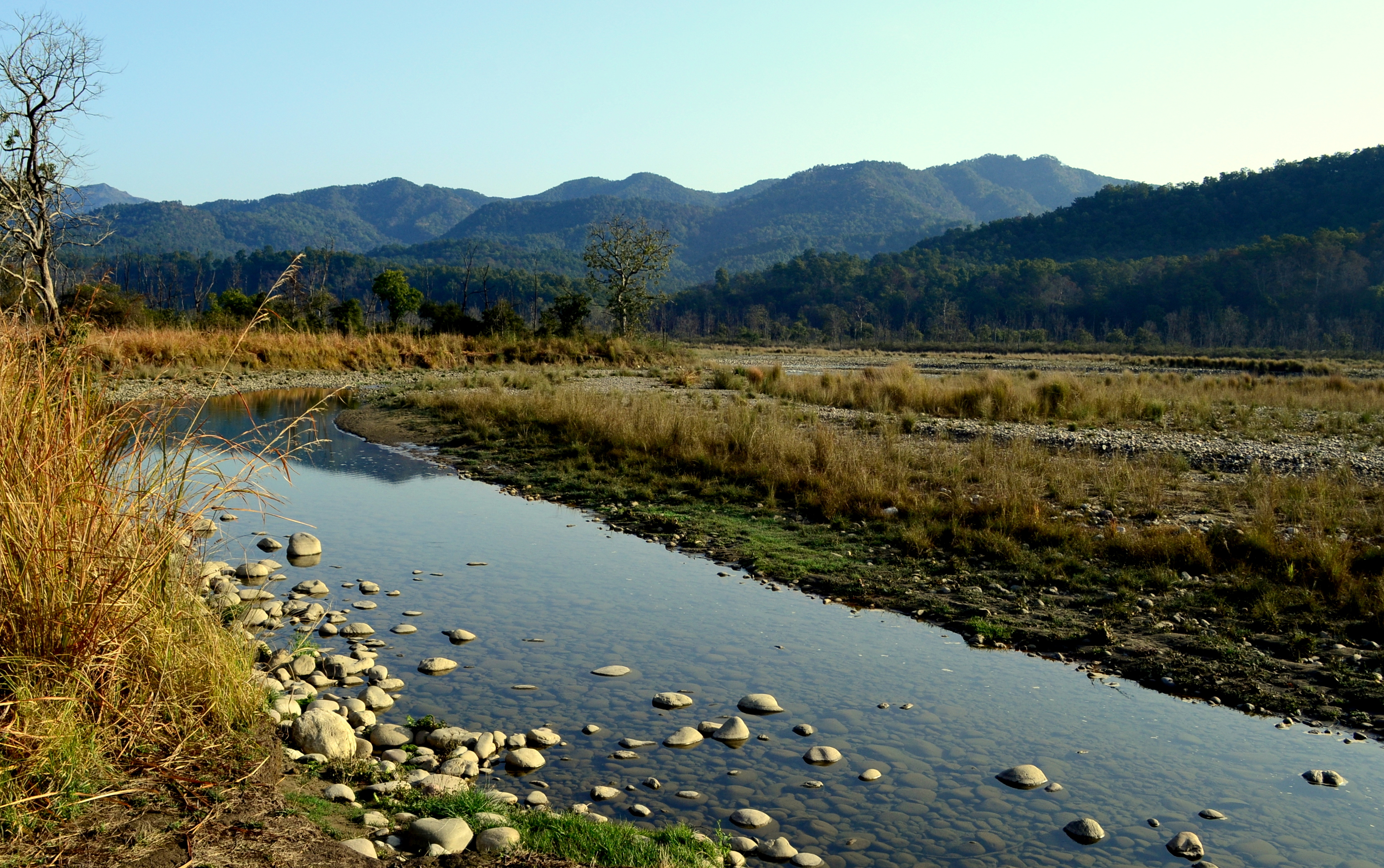Nestled in the picturesque Kumaon Hills of Uttarakhand, Nainital Lake emerges as a profound testament to natural beauty, spiritual significance, and colonial history. Its origins are deeply intertwined with Hindu mythology, tracing back to a sacred narrative where the eyes of Sati, the divine consort of Lord Shiva, are believed to have fallen, creating this mesmerizing water body. The lake's very name, Nain-tal, translates to "lake of the eye," symbolizing its mythological genesis and spiritual resonance.
The landscape surrounding the lake is a breathtaking canvas of seven hills: Ayarpata, Deopata, Handi-Bandi, Naina, Alma, Lariya-Kanta, and Sher-Ka-Danda. These geological sentinels frame the lake, creating a natural amphitheater that has captivated visitors for generations. The British discovered this enchanting location in the early 19th century, transforming it from a pristine wilderness into a strategic hill station that would serve as a summer retreat for colonial administrators seeking respite from the oppressive plains.
P. Barron, a sugar trader from Shahjahanpur, is credited with establishing the first European residence, the "Pilgrim Lodge," which marked the beginning of Nainital's transformation. The town rapidly evolved into a sophisticated colonial outpost, with carefully planned infrastructure, schools, and administrative facilities. The St. John in the Wilderness Church and Sherwood College stand as enduring architectural testimonies to this colonial era, representing the intricate cultural exchanges that shaped the region.
The lake itself is more than a scenic attraction; it is a living archive of cultural and natural heritage. The Nainital Yacht Club, housed in the historic Boat House Club, offers a glimpse into the recreational traditions established during the British period. Annual events like the Kingfisher Yachting Competition and the Kumaon Festival continue to celebrate the region's vibrant maritime and cultural traditions, bridging historical narratives with contemporary experiences.
Religious significance permeates every aspect of Nainital Lake. The Naina Devi Temple, situated on the northern shore, is a profound spiritual center attracting devotees from across India. Considered one of the 64 Shakti Peeths, the temple embodies the complex mythology surrounding Sati's spiritual journey, representing a powerful intersection of divine narrative and geographical landscape. Local folklore suggests that the three sages Atri, Pulastya, and Pulaha played a crucial role in the lake's creation, drawing water from the sacred Manasarovar Lake in Tibet.
Geological and environmental aspects of Nainital Lake are equally fascinating. The water body has been a subject of careful conservation efforts, with the United Nations Development Program supporting water quality monitoring initiatives. Local and governmental measures aim to preserve the lake's ecological integrity amidst increasing tourism and urban development pressures. The surrounding ecosystem supports diverse flora and fauna, making it an essential natural habitat in the Himalayan region.
Intriguing local legends add mystique to the lake's narrative. Stories circulate about British possessions allegedly dropped into the lake's depths during their departure from India, creating an aura of hidden historical treasures. While unverified, such tales contribute to the lake's mystical reputation and continue to spark imagination and curiosity among visitors and locals alike.
The contemporary significance of Nainital Lake extends beyond its historical and mythological dimensions. It represents a delicate balance between natural preservation, cultural heritage, and modern tourism. As a destination that seamlessly blends spiritual mythology, colonial history, and natural splendor, it continues to draw travelers, pilgrims, and researchers eager to explore its multifaceted character. The lake remains a powerful symbol of Uttarakhand's rich cultural landscape, inviting contemplation and wonder.








